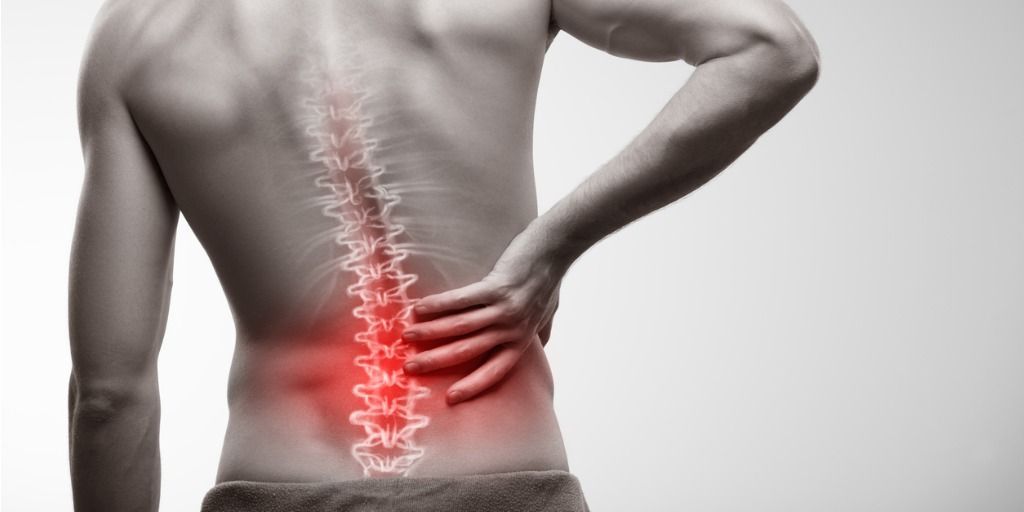Dupuytren's disease - How can exercise help?
In recent times as an Exercise Physiologist working with injured workers, I have been exposed to Dupuytren's disease more and more often. While I was a student this was lightly touched over, however I’ve found myself wondering how or why it has become more and more prevalent. Understanding that this is a condition is hereditary for the most part, I have found myself rehabilitating more and more workers particularly those who work in heavier industries. So, for this reason, I wanted to better understand the condition and what the evidenced suggests is the most affective forms of treatment.
Dupuytren's disease is a condition that affects the hand and occasionally the feet, causing the fingers to contract and curl towards the palm. The condition typically develops gradually, and the underlying cause is not yet fully understood. While there is no cure for Dupuytren's disease, there are several rehabilitation strategies that can help improve hand function and quality of life. This blog will explore the various rehabilitation techniques for Dupuytren's disease, including exercises, splinting, and surgical intervention.
Exercises
Exercises can help improve hand function and mobility in individuals with Dupuytren's disease. There are several types of exercises that are recommended, including range-of-motion exercises, strengthening exercises, and stretching exercises. Range-of-motion exercises involve moving the affected finger(s) through their full range of motion. These exercises can help prevent stiffness and maintain flexibility in the hand. Examples of range-of-motion exercises include finger bends, finger lifts, and finger curls.
Strengthening exercises involve using resistance to build strength in the hand and fingers. These exercises can help improve grip strength and overall hand function. Examples of strengthening exercises include finger squeezes, grip exercises using a stress ball, and resistance band exercises. Stretching exercises involve gently stretching the hand and fingers to improve flexibility and prevent contractures. Examples of stretching exercises include hand stretches, wrist stretches, and finger stretches.
Splinting
Splinting is another rehabilitation strategy that can help improve hand function in individuals with Dupuytren's disease. A splint is a device that is worn on the hand or finger to help prevent contractures and maintain range of motion. Splints can be custom-made or off-the-shelf, depending on the individual's needs. A splint is typically worn for several hours each day, depending on the severity of the condition. The goal of splinting is to stretch the affected tissue and prevent further contractures. Splinting can also be used after surgery to prevent the fingers from contracting again.
Surgical intervention
In some cases, surgical intervention may be necessary to improve hand function in individuals with Dupuytren's disease. Surgery is typically recommended for individuals who have severe contractures or who have lost significant hand function. There are several surgical techniques that can be used to treat Dupuytren's disease, including fasciectomy, fasciotomy, and needle aponeurotomy. The choice of surgical technique depends on the severity and location of the contracture.
Fasciectomy involves removing the affected tissue from the hand or finger. This is typically done under general anaesthesia and requires several weeks of rehabilitation. Fasciotomy involves cutting the affected tissue to release the contracture. This is typically done under local anaesthesia and requires several weeks of rehabilitation. Needle aponeurotomy involves using a needle to puncture the affected tissue and release the contracture. This is a minimally invasive procedure that requires less rehabilitation than other surgical techniques.
Conclusion
In conclusion, Dupuytren's disease is a condition that affects the hand, causing the fingers to contract and curl towards the palm. While there is no cure for Dupuytren's disease, there are several rehabilitation strategies that can help improve hand function and quality of life. These strategies include exercises, splinting, and surgical intervention. It is important for individuals with Dupuytren's disease to work with a healthcare professional to develop a personalized rehabilitation plan that meets their individual needs.
References
- American Society for Surgery of the Hand. (2019). Dupuytren's Contracture. https://www.assh.org/handcare/hand-arm-conditions/dupuytrens-contracture
- Mayo Clinic. (2021). Dupuytren's Contracture. https://www.mayoclinic.org/d
Tony Galati - Rando
Workers Compensation Specialist (AEP, ESSAM)
Exercise Rehabilitation Services – WA




